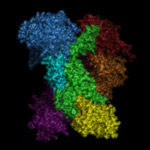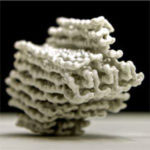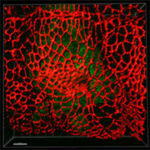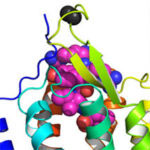
Research in the group of Kiyoshi Nagai in the LMB’s Structural Studies Division has for the first time provided detailed information on the structure and role of proteins at the active site of the spliceosome, which is responsible for the excision of introns from messenger-RNA (mRNA) precursors in the nucleus.
The spliceosome is a large and dynamic RNA-protein assembly.




